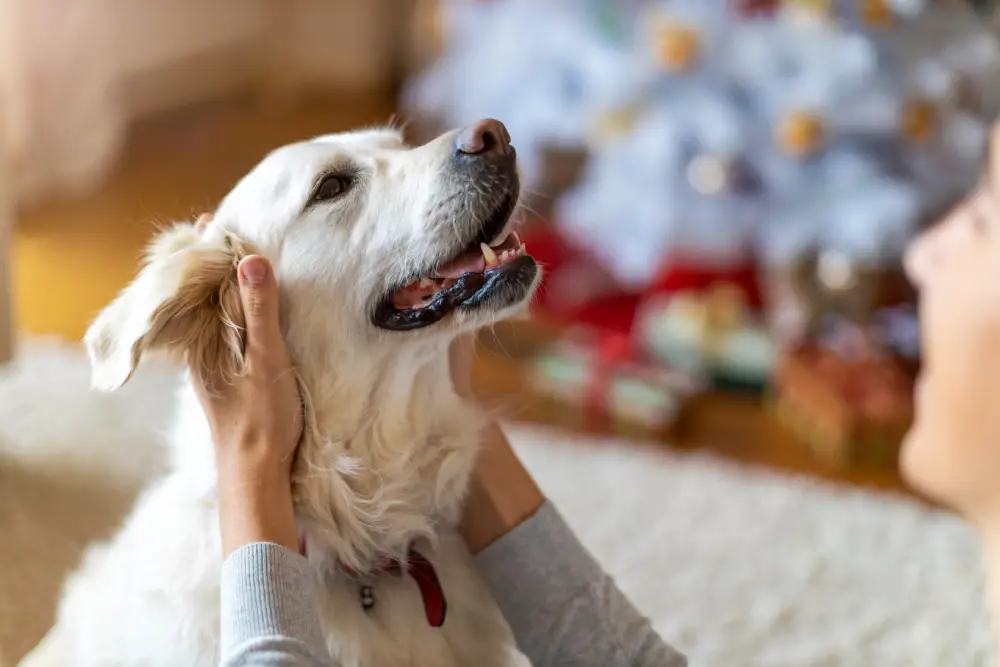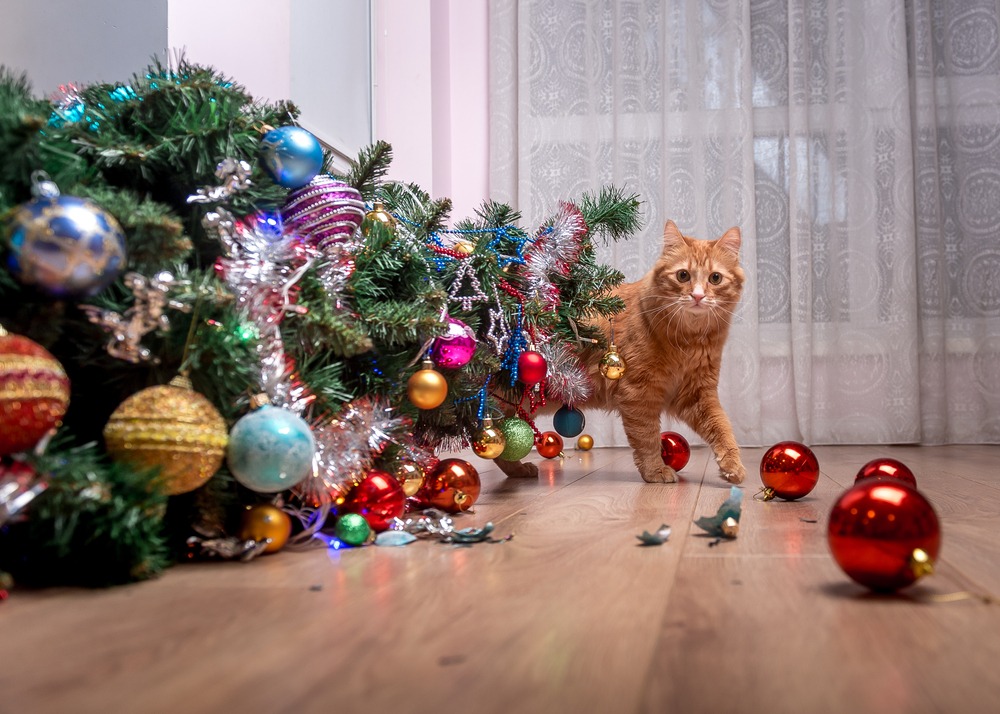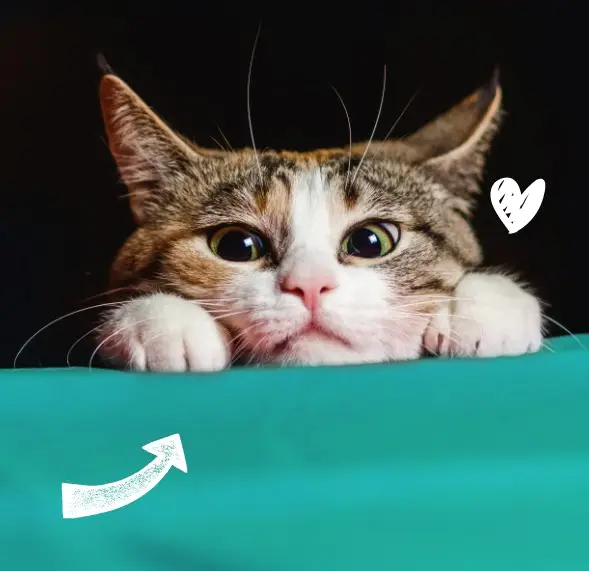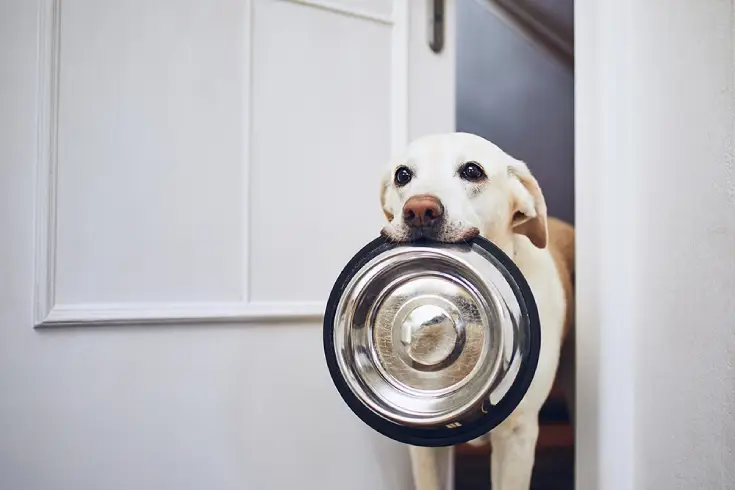
You feed your pet tasty food, and yet they only sniff at it. It’s almost time for the next meal, but the previous meal still isn’t finished. If this sounds like a scenario in your home, it sounds like you have a fussy-eating pet!
With our research showing that 77% of the UK’s pets have fussy-eating habits, we’ve teamed up with vet Paul Manktelow, who has used his 18 years of veterinary experience to create this five-step guide to feeding pernickety pets.
1) Check your pet’s overall health
If your pet has suddenly developed fussy-eating habits, it could be a sign of a health issue. With this in mind, it’s important to contact your vet if this is a new or worsening behavior, or if it’s associated with other symptoms such as vomiting, diarrhoea or lethargy.
It’s important to note that even if fussy habits aren’t due to health issues, it can lead to them. Some common problems are nutritional deficiencies, gastrointestinal problems and food related behaviour issues. Whilst weight loss can be a feature of fussy eating, owners will frequently resort to giving inappropriate food meaning that fussy pets can also be obese.
2) Invest in quality
Once you’re sure that your pet’s fussy habits aren’t due to an underlying medical condition, it’s time to revisit their diet.
With recent research from Webbox Naturals revealing that 99% of pets owners want to feed their pets quality and natural food, it’s important to check the ingredients. Your pet is much more likely to be tempted by food that contains high-quality protein sources like chicken and lamb.
A common theme in fussy-eating pets is the preference for wet food. As natural scavengers, dogs are heavily stimulated by their sense of smell, so if your pooch is turning its nose up at dry foods, opt for a wet food in jelly or gravy. You could also try gently warming it up as food aromas are known to stimulate the appetite.
If your pet prefers dry food, then it’s important to maximise their water intake. For cats, you could consider a water fountain, as some cats prefer running water to still.
3) Never reward begging at the table
Webbox Naturals’ research has recently revealed that a whopping 79% of UK pet owners would feed their dogs human food at the table – which is a BIG no-no. 14% of pet owners would even share their takeaway with their furry companions!
Despite good intentions, feeding your pet scraps and leftovers at human mealtimes can lead to a habit of them rejecting their meals in the hopes that they will receive some of your dinner instead!
Your pet needs to know that their food comes from their bowl and not from your plate, so it’s imperative to never reward begging at the table – even if you feel guilty at the sight of those sad eyes!
Thankfully, the Webbox Naturals range is extremely varied, with humanised flavours ranging from Chicken and Sweet Potato to Peas and Mint – so your pooch will feel like he’s eating dinner fit for a king!
4) Create a safe eating space
Pets generally dislike eating with other pets and sometimes around their human owners too. Particularly for cats, they much prefer to eat undisturbed and unobserved.
If your cat seems fussy they may be feeling anxiety around their eating environment. Provide a quiet safe place for your cat and ensure it is separate from other cats if you have a multi-cat household.
It is also important to remember that cat food bowls should be separate from their water bowls and litter trays. Cats also do not like narrow bowls where their whiskers can touch the sides so keep their bowls wide and shallow.
5) Switch it up
The wild ancestors of our pets would have a varied diet, so it’s understandable that some pets can become bored of their food if it’s repetitive, so occasional changes in diet may help when their appetite suddenly declines. Just make sure you don’t stray towards fatty or carbohydrate-rich foods with little nutritional value, as you may inadvertently cause an upset tummy.
That being said, however, it’s important to never overwhelm your pet with lots of different new foods. Particularly for cats, this could result in them being put off the food and potentially creating further fussy habits!
For further information on the Webbox Naturals range, and to take advantage of our introductory offer of free deliveries on orders over £40 visit: www.webbox.co.uk/naturals

Shop for Dogs

Personalise your search:
Shop for Cats

Personalise your search:
Our Most Popular Products
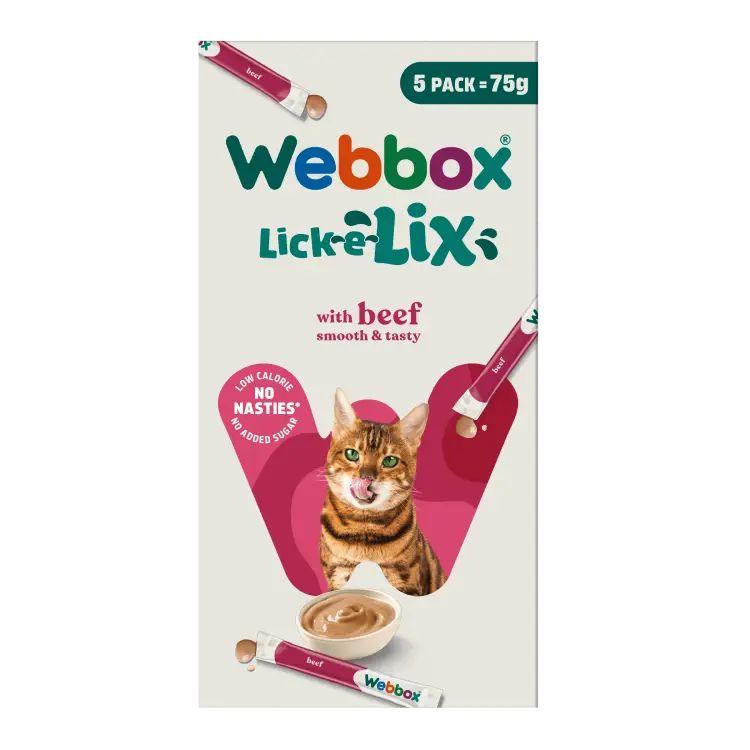

Webbox Lick-e-Lix with Beef Cat Treats 75g
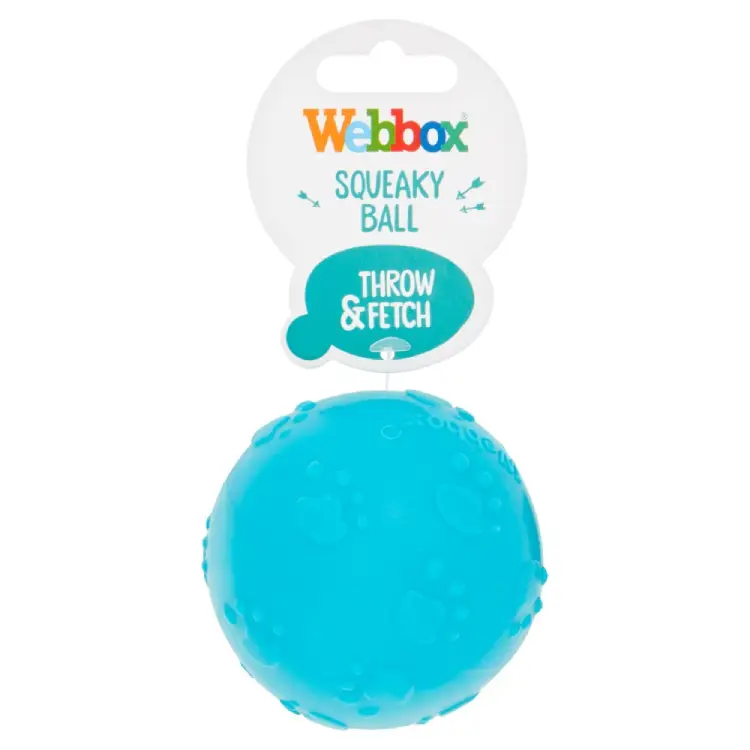

Webbox Squeaky Ball Dog Toy
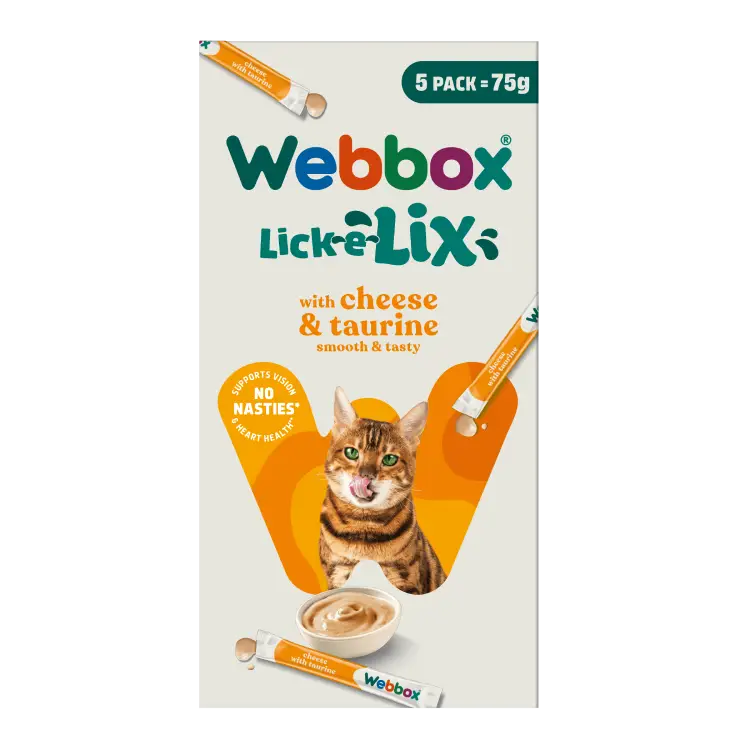


Webbox Lick-e-Lix Cheese & Taurine Cat Treats 75g
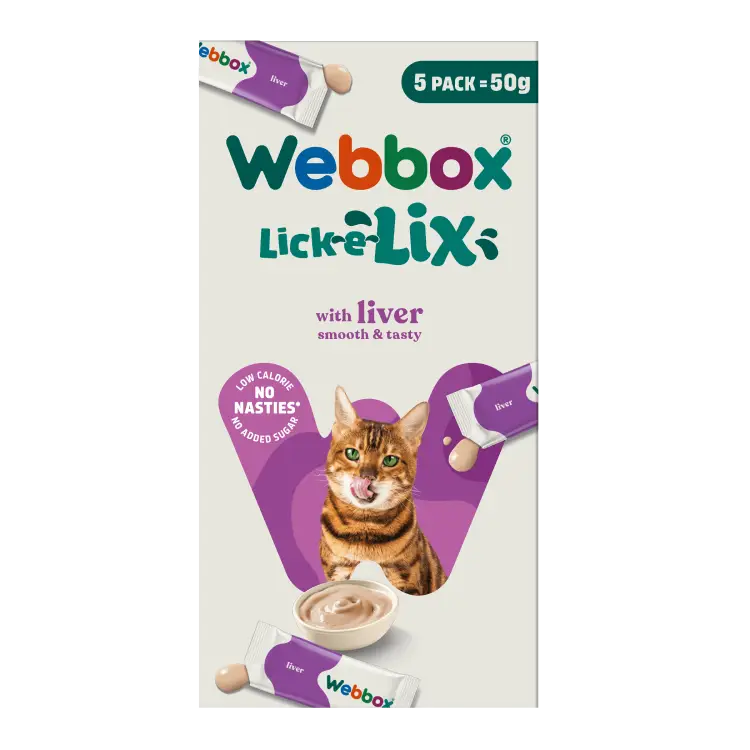

Webbox Lick-e-Lix Liver Cat Treats 50g
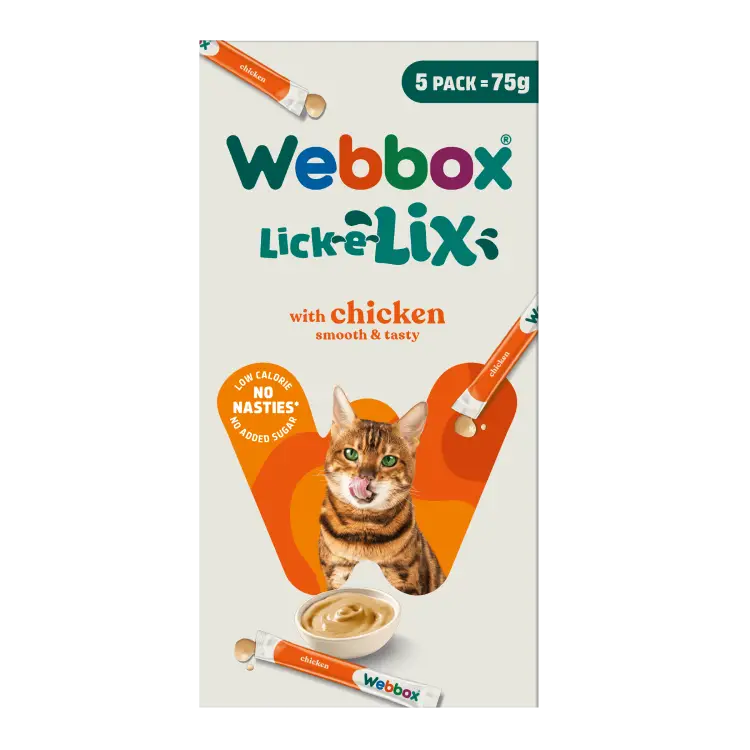

Webbox Lick-e-Lix Chicken Cat Treats 75g


